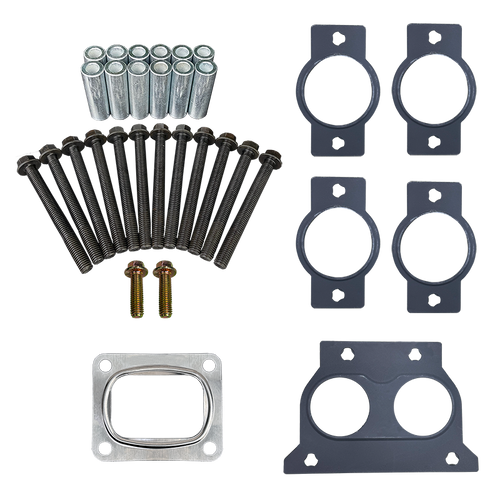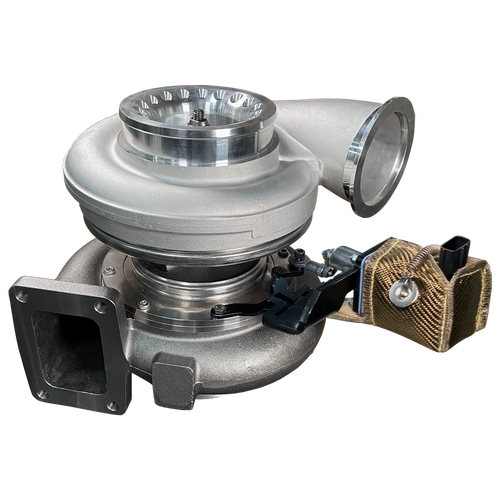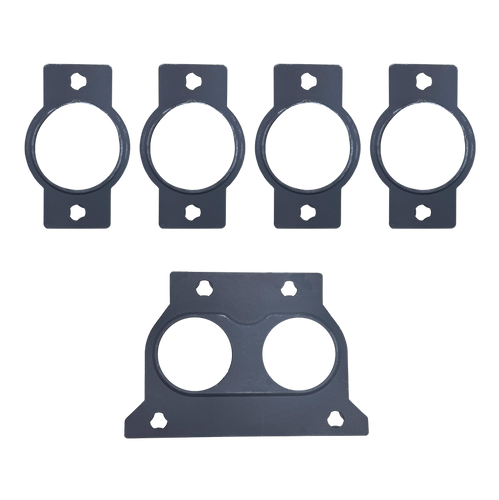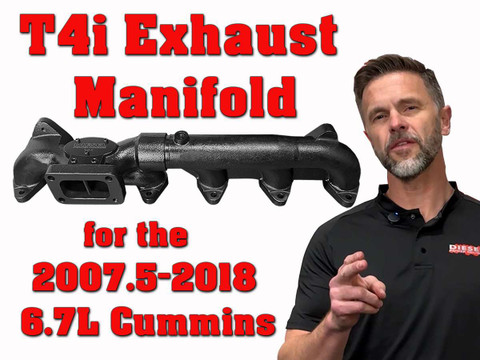-

-

(1)
S400 Cummins ISX / ISX15 / X15 Complete Turbo Conversion Kit
Choose Options$4,642.00 - $4,842.00 -

-

-

-

-

-

-

-

-

-


Diesel Power Source ISX15 conversion packages are engineered for commercial duty where uptime, thermal control, and predictable boost matter. These kits improve airflow and reduce drive pressure/EGT while preserving OEM-like routing and service access on Cummins ISX15 and X15 platforms.


(1)










This category covers conversion systems—the brackets, manifold adapters, hot-side and charge-air plumbing, oil feed/return, and related hardware needed to change from a stock configuration to a specified turbo arrangement. If you only need a manifold or a single replacement turbo, see the dedicated categories linked below; use this page for a complete conversion path.
Intended for Cummins ISX15 and X15 families including CM570, CM871, CM2250, CM2350 (and select X15 variants). Verify ECM/engine family tag, emissions package (EGR/DPF/SCR), actuator style, chassis clearance, and charge-air routing on each product page before ordering.
Application-specific turbo option(s), mounting brackets/adapters, manifold or manifold adapters as noted, hot-pipe and charge-air plumbing, oil feed/return solutions, clamps/couplers, heat shielding, and hardware. See each kit listing for the exact bill of materials, actuator provisions, and sensor port details.
Shopping related components? ISX15 Exhaust Manifolds (manifold-only solutions) | ISX Turbocharger Kits (single-turbo packages). Return here for full conversion systems that change your configuration.
Check the engine data tag and ECM family. The correct family ensures actuator compatibility, bracket alignment, and sensor routing for the kit you select.
Kits are designed around specific engine families and chassis. When installed with compatible components and procedures, factory emissions systems can be retained. Always follow applicable regulations and fleet policy.
Not always, but optimizing fueling limits, boost control, and shift strategy after conversion can improve drivability and thermal control. Consult your calibration provider.
Boost, (if equipped) drive pressure, EGT, and any ECM derate or regen indicators. Verify CAC integrity and look for soot traces indicating upstream leaks.
Adhere to OEM-spec oil/intervals, maintain air filtration, keep CAC leak-free, and inspect pre-turbine joints. Address sensor faults promptly to avoid improper fueling.